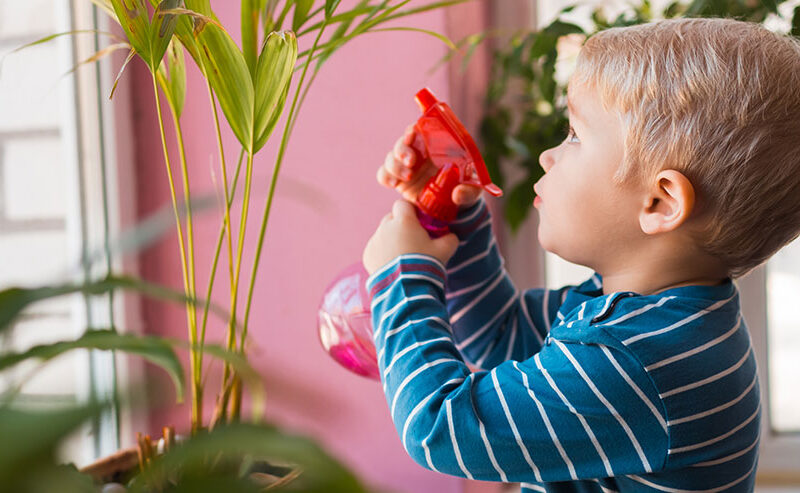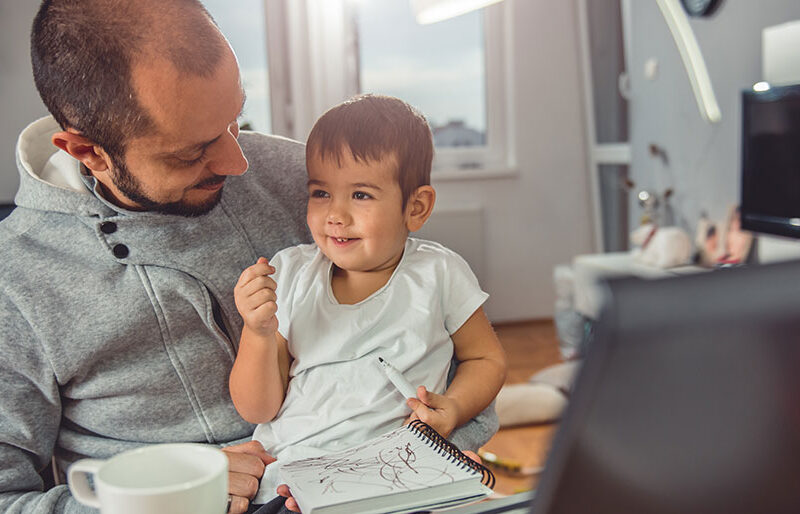
Do today’s media play a role in teen anxiety and depression?
Do today’s media play a role in teen anxiety and depression? https://mediatrics.com/wp-content/uploads/2016/06/mediateenanxietydepression.png 750 315 Mediatrics Mediatrics https://mediatrics.com/wp-content/uploads/2016/06/mediateenanxietydepression.pngQ: I am working on a project about adolescents in this century. I am curious why there are so many more cases of anxiety and depression within teenage groups these days. Do media play a role in this? Have antidepressants and anxiety medications helped or hurt youth?
~ Stressed Or Saddened, USA
A: Dear SOS,
Depression is the most common chronic disease in America today and many people are anxious, not just teens. In the past, mental health issues were heavily stigmatized and not openly discussed. Today, public awareness has changed. More people understand anxiety and depression and the importance of talking about it, recognizing the signs and symptoms, and getting professional help.
Development and broad acceptance of effective and safe medications such as selective serotonin reuptake inhibitors (such as Prozac) have made it safer and more acceptable to acknowledge these conditions as common and treatable illnesses than years ago when treatments did not exist. Because of the shift in public awareness, it is hard to determine whether there are more cases of depression today, or if it just seems like there are more because we talk about and treat them more openly.
Adolescence can be a time of emotional instability; mood swings that are normal in adolescent development can look very similar to depression, anxiety, and even bipolar disorder in other age groups. Many teens talk about being “depressed” and “stressed out”, terms that have become part of their everyday vocabulary. What they are experiencing however, typically does not meet the criteria for a diagnosis of clinical depression or anxiety. And because so much adolescent social interaction is via text and social media, some of the drama that makes them sad or stressed plays out on media.
Media can play a role in depression and anxiety, but it would be difficult to show that media cause these complex conditions. While we do find that certain media can contribute to individuals feeling anxious or depressed, we also see that teens seek out media when they feel anxious or sad. To put it simply, media use can cause some teens to feel more anxious or sad, but research also shows that media used mindfully can help lessen these negative feelings.
For example, seeing a scary movie, playing a violent video game, or witnessing a terrorist attack reported rapid-fire on the news can easily contribute to a teen’s feelings of anxiousness and sadness. But research also shows that hopeful, optimistic media content can calm and focus a teen after a long day at school and watching a cute video, such as cats doing silly things, can cheer a teen up when feeling sad. Media are powerful but neutral tools – it is the media content we choose and how we use those media that can help or harm us.
Enjoy your media and use them wisely,
~The Mediatrician



